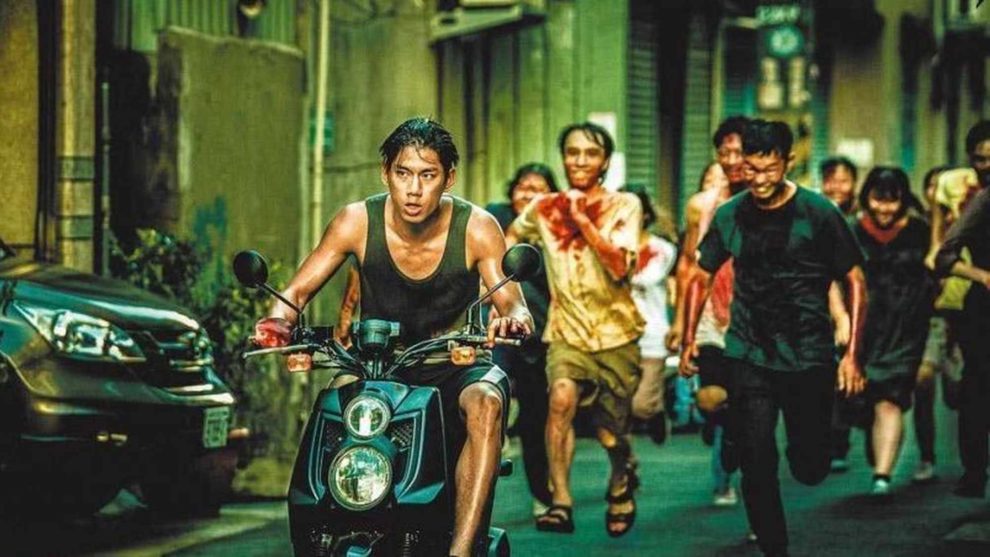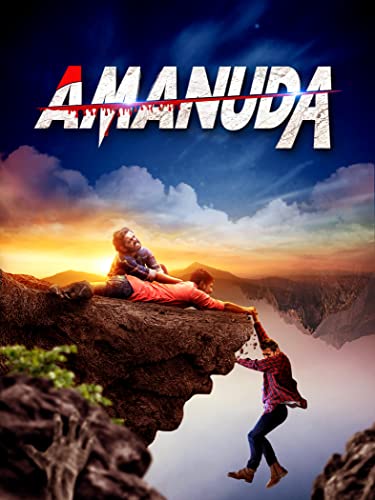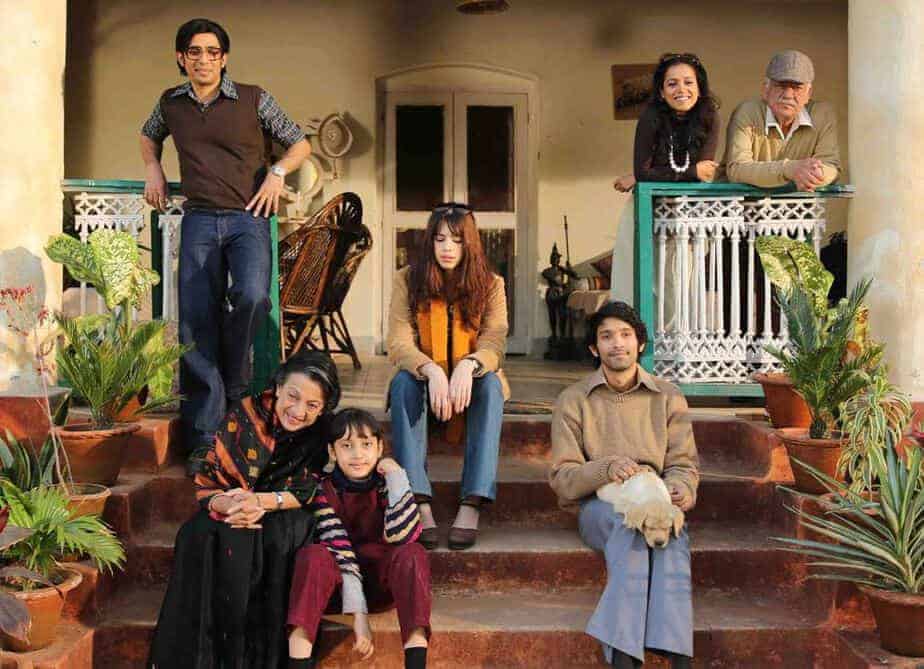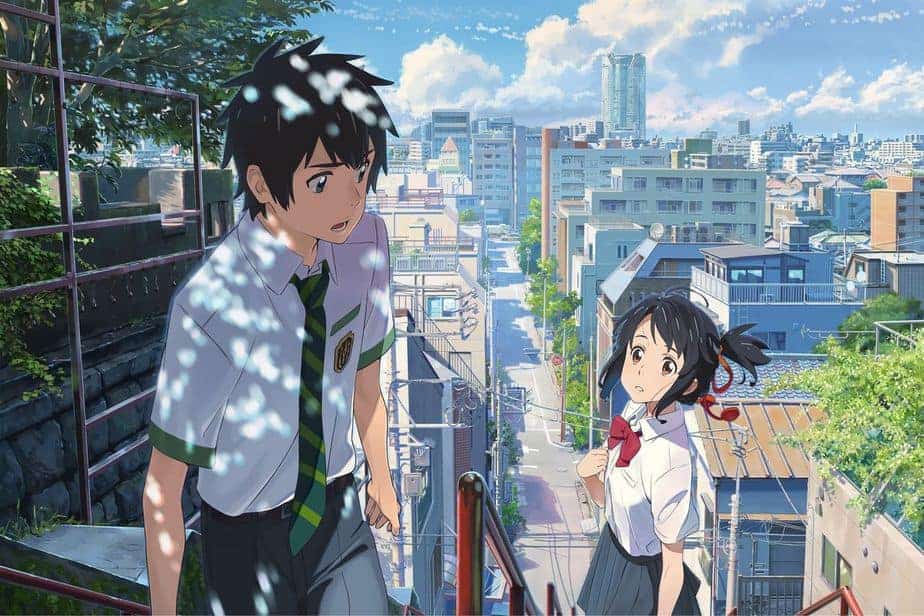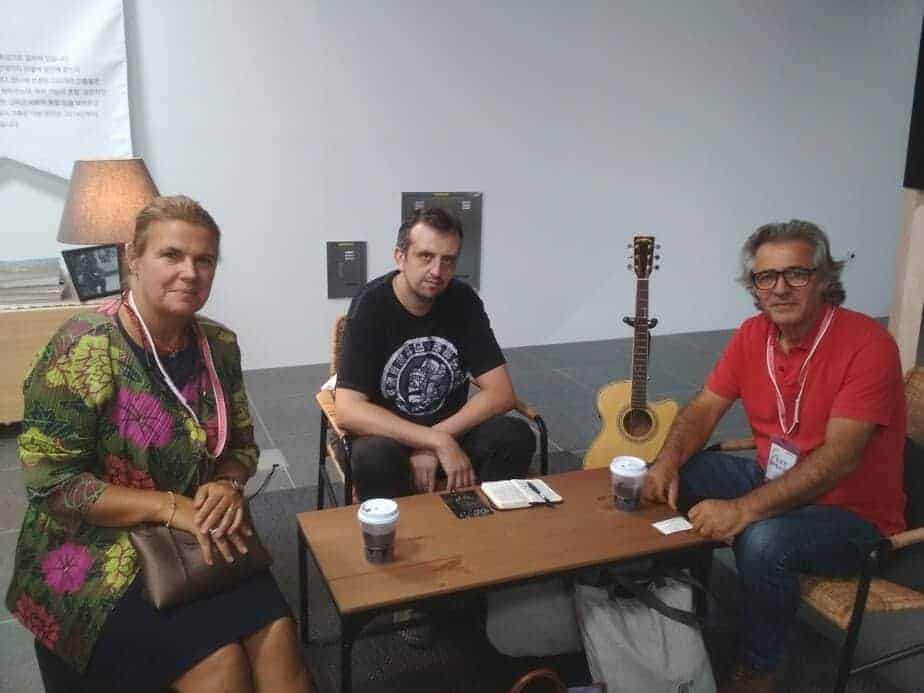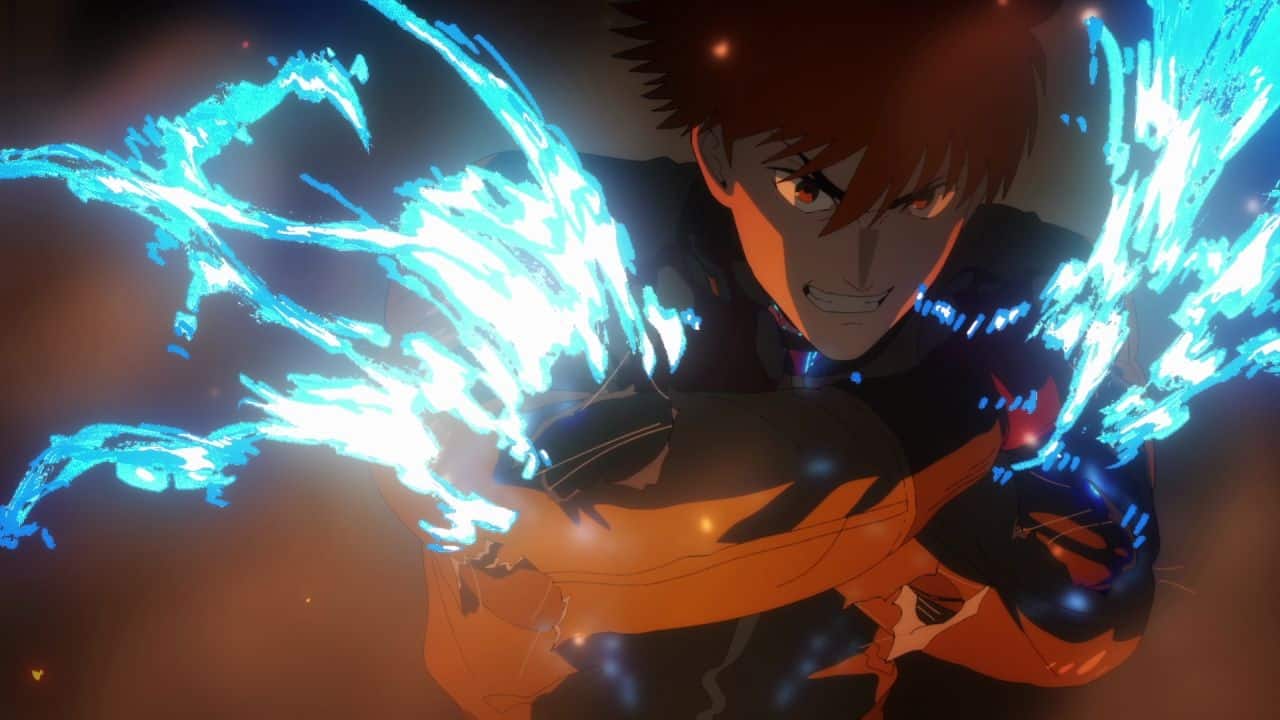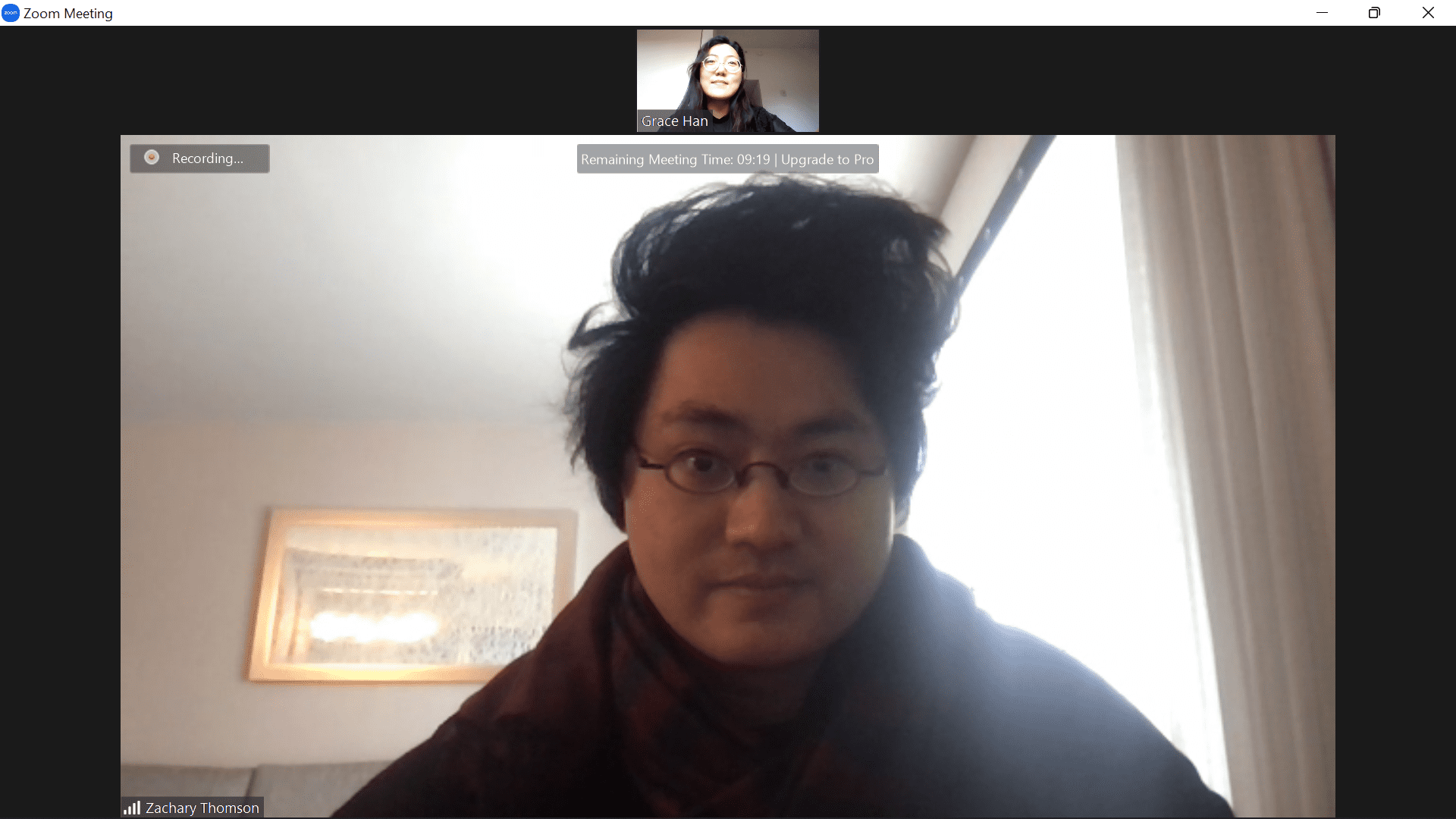As the pandemic rages into its second year, few genres were shunted as the horror genre was as the dearth of releases is evident in a series of lower-key this year compared to last year. While blockbuster releases still emerged, it was from unexpected sources as Thailand, with a double-shot of impressive releases since “The Medium” and “The Maid” arrived with great fanfare. Indonesia followed suit as Timo Tjahjanto provided one of the finest anthology segments ever created and actor Cornelio Sunny stepped behind the camera for a fine debut. South Korea and Japan continued with great genre content as per usual while Taiwan offered another stellar effort in their modern output, leaving other countries to fill out the slots as titles from India, Malaysia, the Philippines, and Hong Kong rounded out a fine selection of films for the year.
Without further ado, here are the best horror films of 2021, in reverse order. Some films may have premiered in 2020, but since they mostly circulated in 2021, we decided to include them.
By clicking on the title, you can read the full review of the film.
15. Amanuda (S.S. Jishnu Dev, India)

There's quite a lot to like with “Amanuda.” Among its most impressive qualities is Harikrishnan .R.G.'s screenplay that provides plenty of engaging work to tie in the necessary found-footage requirements. The usual setup with the genre is given here with the team setting out into the forest to investigate the location legend of a ghostly spirit wandering through the nearby forest. Recalling the stories from their elders about who he was, how he died and the influence he has on the locals with all the disappearances is a great framework. This backstory creates both a logical setup for the group to investigate and enough to keep the viewer in suspense during their trek through the forest. As the group goes deeper into the wilderness and they start to experience several dark and strange occurrences around them, this early build-up work helps to create quite an imposing vibe on the rest of the film. (Don Anelli)
Buy This Title
on Amazon
14. Irul (Naseek Yusuf Izuddin, India)
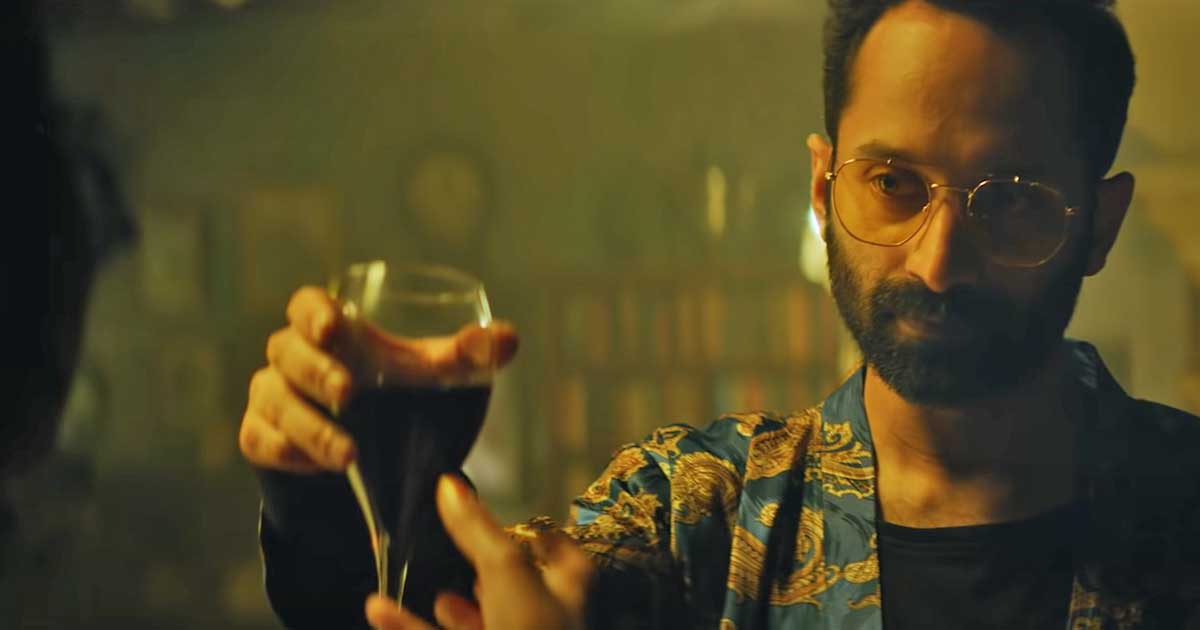
Likewise, the mystery and suspense present is kept up rather nicely once “Irul” moves into the main section of its storyline. Consisting of multiple situations where both Alex and Unni accuse each other of being the fabled serial killer and presenting their own evidence to the cause, the back-and-forth nature of the revelations that come about drive up the stakes for everyone's survival. Not only does this section offer up a series of encounters based upon clues found around the house, but the mind-games that are being played by Alex and Unni further the distrust and suspense featured here. The final revelation, not only including the full disclosure of everything happening at the house but the dark outcome of what happened to the group, ties this together rather nicely. (Don Anelli)
13. Sugar Street Studio (Sunny Lau, Hong Kong)
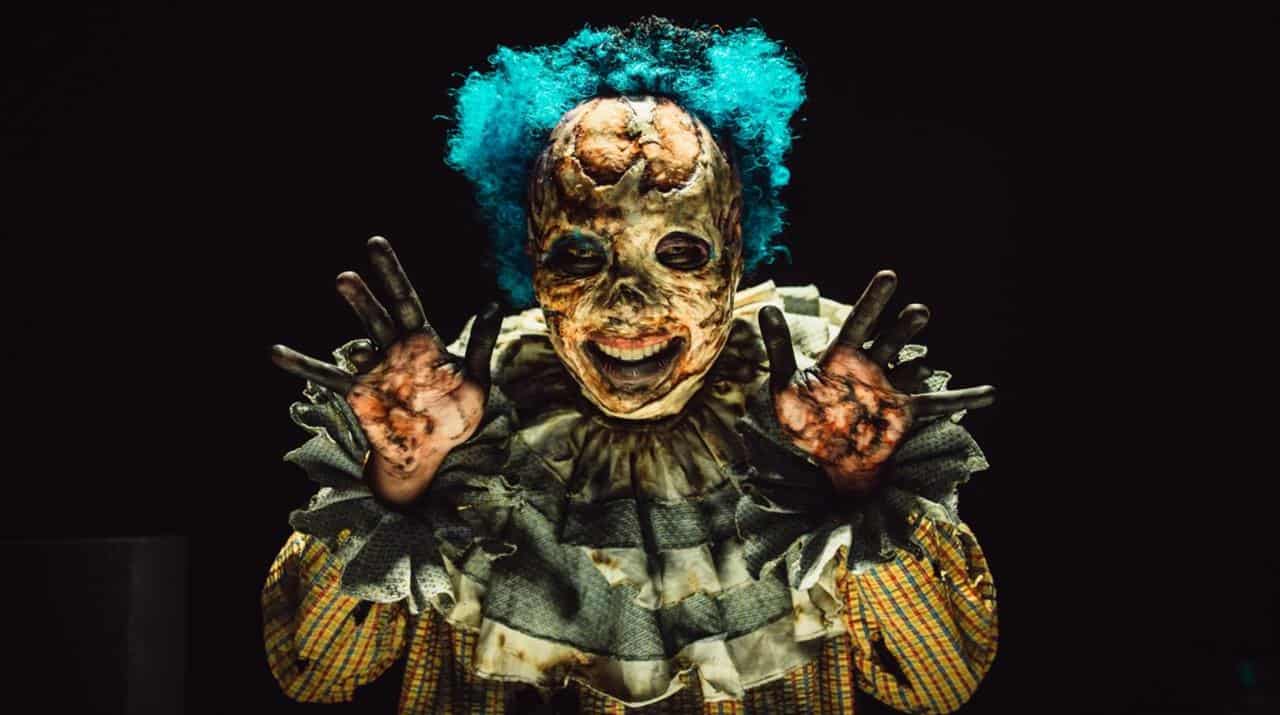
Considering these themes and the design of the characters, “Sugar Street Studio” is a feature that does not take itself too seriously. The exchanges of Gary and his crew are defined by corny one-liners and slapstick comedy, making it at times feel like an unofficial entry into the “Scary Movie”-franchise. At the same time, Lau seems to poke fun at how audiences and the media crave that great con, that grand illusion which people like the special effects artists create, showing the kind of respect for their craft. Combined with the aforementioned light-hearted approach to the story, “Sugar Street Studio” provides a lot of fun for its audiences, while not overstaying its welcome with its 89 minutes of running time. (Rouven Linnarz)
12. Shadows (Glenn Chan, Hong Kong)

Technically, “Shadows” is on the top level. The set design, in combination with the coloring and the overall cinematography is top-notch, particularly the scenes Dr. Tsui delves into the subconscious of various characters being a true wonder to look at while emitting a sense of mystery and angst at the same time that occasionally even touches the borders of the noir. The editing is also top-notch, with the rather fast pace working excellently for the overall narrative, while a number of montages, as the one with the brutally realistic operations, being rather memorable. (Panos Kotzathanasis)
11. Ghost Lab (Paween Purjitpanya, Thailand)

While there are some flaws, “Ghost Lab” does have a lot to like about it. Most of these factors are based around the ghostly encounters that showcase the terrifying nature of the ghosts as their appearances are genuinely shocking. The initial encounter in the hospital where it utilizes the atmosphere of the darkened hospital to generate some really creepy visuals of the ghosts appearing out of nowhere generate a sharp shocking sequence. Later scenes in the corridors of the hospital are just as effective, creating a feeling of genuine tension and terror that escalates nicely with the tension between Gla and Wee during their personal crises that is a fine cohesive balance. As the final half builds in intensity with the reveal of their purpose for being in the hospital and they get far more active, the energy and intensity pick up nicely with the encounters inside the hospital which are rather enjoyable overall. There's also plenty to like with the intensity of the conversations involving their search and the motivations for doing so that's painted as sympathy that's filmed quite nicely. Combined with the fantastic ghost make-up that helps their eeriness quite heavily, there are some great elements present here. (Don Anelli)
10. Midnight in a Perfect World (Dodo Dayao, Philippines)

Generally, there's quite a lot to like about “Midnight”. Among the best features Dayao employs is an engrossing setup that offers a fantastic premise for the supernatural horror to emerge. The world of rampant drug use and sketchy attitudes towards the imposed lockdowns relating to the strange blackouts that cause citizens to vanish unexpectedly is immersive enough to be quite chilling and terrifying throughout. As this universe presents an idea of the city as a run-down sinkhole despite the technological progress mentioned around the country, the introduction of this strange event that causes anyone who gets caught up in it to be affected regardless of their social stature is a rather novel idea. The aftermath of this all, involving the complete erasure from society and social media like they never existed, speaks rather pointedly about the real-life terror of being wiped from existence by totalitarian governments or other such nefarious figures. It ends up enhancing the film even further. (Don Anelli)
9. Death Knot (Sunny Cornelio, Indonesia)

To start off, “Death Knot” is not an effects-laden movie, neither does it contain a lot of jump scares. Similar to his colleagues, for example, Joko Anwar, Cornelio Sunny relies mostly on mood and atmosphere to tell his story, along with some rather interesting symbolism, which many viewers will probably notice upon a second viewing. The transition from the urban setting at the beginning to the rural village where the majority of the movie takes place is accompanied by a feeling of time standing still, quite literally as we soon find out as the clock in the house of her deceased mother is not working. Little by little, Sunny's direction along with Gunnar Nimpuno's cinematography establishes a landscape that is somewhere between reality and dream, thus creating a sense of unease and dread, as if anything could happen. (Rouven Lin)

8. Irul: Ghost Hotel (M.S. Prem Nath, Malaysia)

That terrifying action is where “Irul: Ghost Hotel” gets plenty of positives. This offers up an impressive amount of interactions, with the group encountering all sorts of strange situations inside the house, where they get pulled into rooms and locked out from helping, acting as though under the influence of an outside entity and drawn to areas of the house that are inaccessible without help in the time that's elapsed. That these actions usually occur to Duriie enhances the suspense, as the otherworldly incidents feature quite a wide range of ideas for scares. This is because the events progress from traditional knocks on objects in the distance to demonic encounters and finally getting to the outright creepy finale. Mixing together not only human antagonists but also demons and creatures that appear, the action also works to introduce some intriguing twists to the story that add a rather dark epitaph to everything. These elements all combine into a rather impressive feature. (Don Anelli)
7. Whispering Corridors 6: The Humming (Lee Mi-young, South Korea)
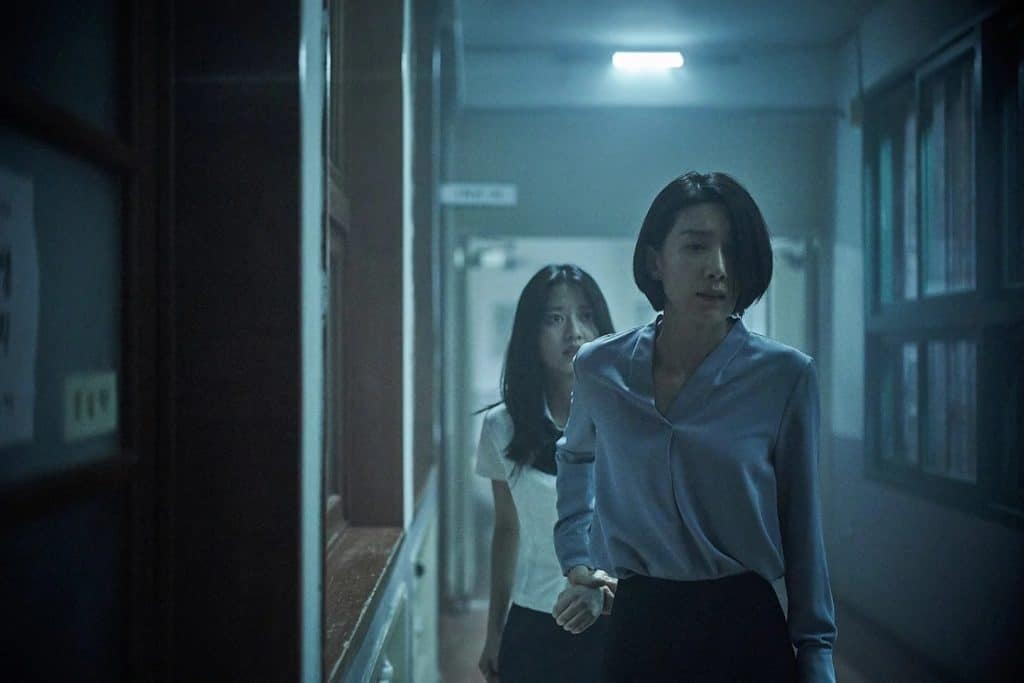
Likewise, “The Humming” also has a lot to like with the slow advent of supernatural hauntings throughout here. With the main setup focused on the past haunting in the school following Eun-hee for what happened to them as kids, there are some genuinely creepy moments here. This flashback is quite creepy, with the incident starting the hauntings in the rest of the film as well as getting the first few incidents involving the ghost stalking students. These include the library encounter as well as the creepy chase through the storage room where the first clear sighting of the bone-chilling design of the ghost makes for a horrifying sight. Taking great advantage of the atmosphere involving the school and some fine jump-scares with the spirit coming for people when least expected, these elements all manage to provide a lot of enjoyable elements. (Don Anelli)
6. Frantic (Shugo Fujii, Japan)
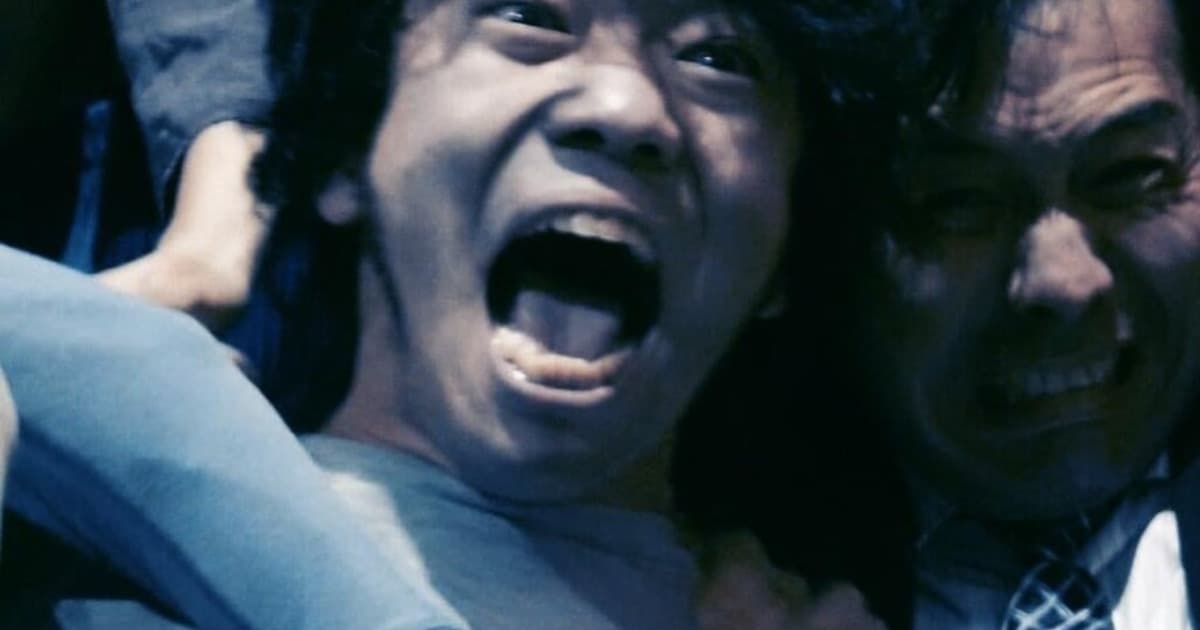
Shugo Fujii creates a labyrinthic narrative, with the back and forths in time that gradually reveal what is happening in the present forming the basis of the movie. And while the individual episodes may go a bit too far in terms of story writing, and the action scenes making evident the lack of a big budget, the whole thing comes together in a rather entertaining as much as extreme fashion, courtesy of his direction. In that regard, the comments about the ways the movie industry works are rather pointed, highlighting the struggles both actors face in order to get cast and filmmakers in order to fund their movie, elements that are presented as the reason the protagonists resort to crime. The reaction of the audience on what is happening on the stage presents another comment that criticizes the tendencies of the spectators in general, with the same applying to the reactions of the cast and crew in the end, who feel that even a short-lived success justifies any kind of torment they have to suffer. (Panos Kotzathanasis)


